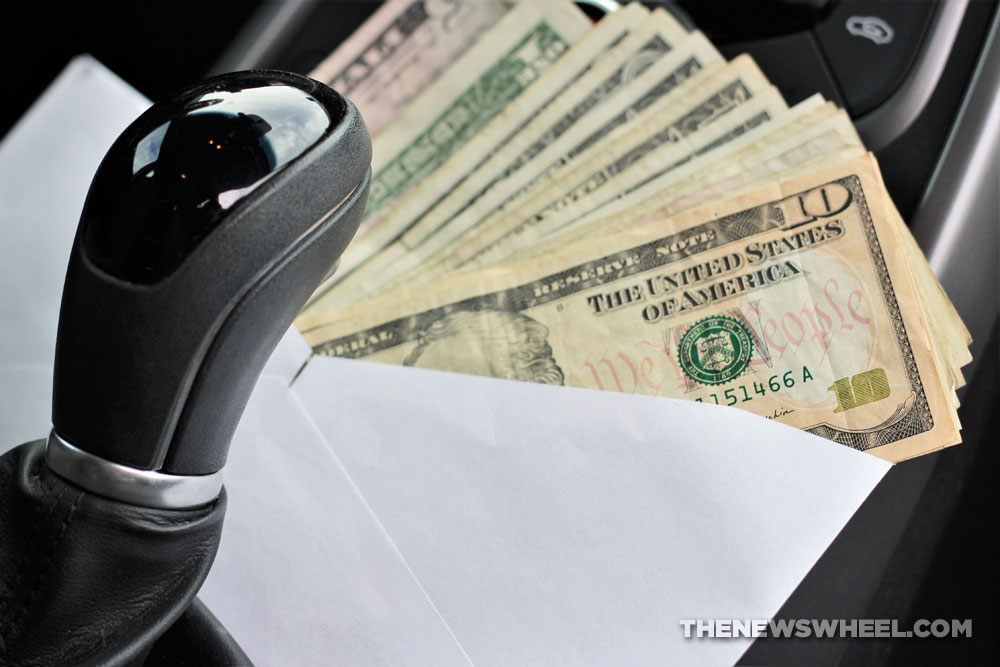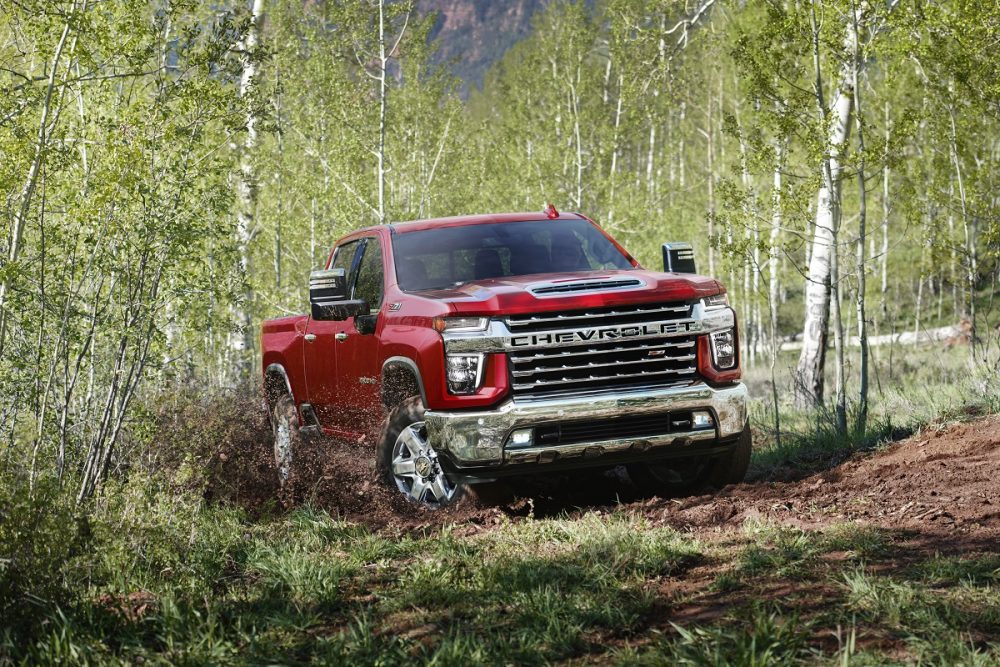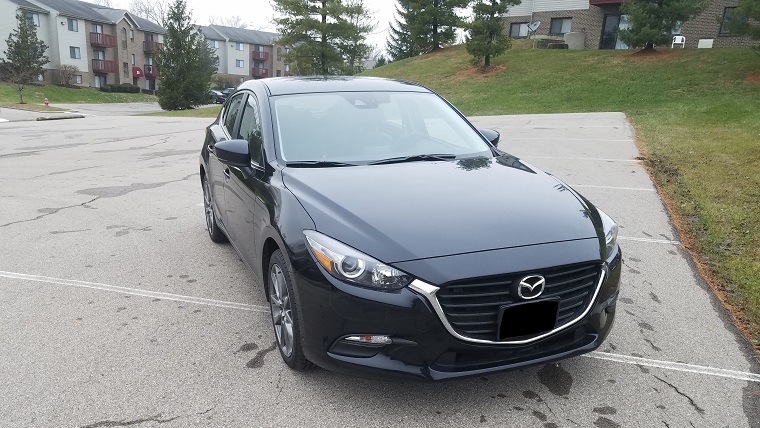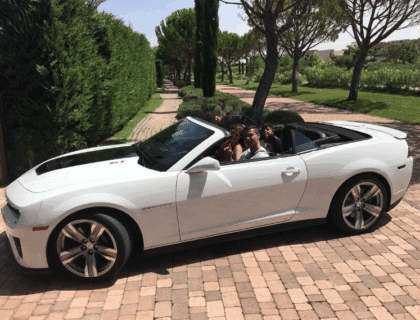
For various reasons including the COVID-19 pandemic, the Ukraine-Russia war, and a global shortage of superconductor parts, new car availability plummeted in 2020. This pushed shoppers to the pre-owned markets and drove used car prices way up. Since then, the market hasn’t recovered — and it’s not showing signs of getting better any time soon, if it ever will.
Stay Strong: Find a used car under $20,000
“The math suggests historically that the averaged used car price next year will be higher than it is today,” said Jonathan Smoke, chief economist at Cox Automotive. “When are we going back to 2019 prices?” he asked during a mid-year review in June. “That’s a softball question. The answer is never.”
Not all analysts are in agreement. The average price of a pre-owned car has reduced slightly since last year, and UBS Global predicts that global car production will exceed sales by about 6%, which will lead to a surplus of 5 million vehicles — ostensibly forcing dealerships to cut prices. Automakers are also having to slash electrified car prices to remain competitive, which should further benefit consumers.
But EV prices were…discouraging to begin with, and slight changes are not going to be much comfort for the average American. In March 2023, wholesale prices for used vehicles had dropped 2.4% year-over-year — but they’d gone up 1.5% the previous month. Even if there’s a sustained trend downward, it’s not a big one, and it’s going to take a lot more to get prices back to normality. One thing pretty much all the analysts agree on: even if prices decline from here on out, they’ll remain historically high in the larger context.

There are many reasons car prices have gone up, and they’re all intermingled in complex ways. Events like COVID and the war in Ukraine accelerated matters, but the major costs associated with electrification — along with the dependence on highly specialized computer parts available only from a few key locations and coveted by just about anyone building anything with a chip in it — were probably going to make things more expensive to begin with. Then some of those issues got patched up, but others came along to replace them.
As of now, there are a few key reasons why used car prices are so high, each of which are caused by a host of separate reasons. We won’t get into those, because that’s a rabbit hole that never ends.
- Leasing is down. In the U.S., about 30% of all new cars were historically leased. Now it’s down to 17%, and that means fewer cars are coming back to the used market when leases expire.
- Owners are keeping vehicles longer. The average car is now 12.5 years old, a number that’s been increasing for six years running. That’s also slowing the rate at which cars are getting turned over to the used market.
- Automakers are increasingly prioritizing more expensive vehicle models. For 2023, Chevrolet axed the Spark, Hyundai killed the Accent, and sedans were chopped left and right. More expensive new cars means more expensive used cars.
- Skyrocketing prices are not stopping Americans from buying cars anyway. In 2018, only 40% of used cars were sold at or above $20,000. In the first quarter of 2023, about 70% of used cars were sold at or above $20,0000. This is probably the most important factor of them all. Corporations will always charge whatever gives them the greatest profits, which is often the maximum that people are willing to pay for a product. What inflation and artificially inflated prices have shown them is that enough consumers are more than happy to go deep into debt if it means they get to park a brand-new truck out front.
Tom McParland over at Jalopnik helpfully did some research that shows the analyst prediction of a used car price crash is probably overblown. “Every day I shop for a variety of cars both new and used across the country, what I have been observing in the actual transactions is a bit different than what most market analysts are predicting,” he writes. Below is a quick summary of his findings:
- Midsize to large luxury sedans are experiencing similar depreciation as they did in the Before Times™, which currently makes them the best deal.
- You can also find a few deals on wagons (which you should buy over SUVs and pickups because they’re more practical and don’t literally kill people), but again, those tend to be made by luxury brands.
- The exception to the above is Porsche, as their cars just keep getting more expensive.
- Hybrid compact crossovers are the most in demand and thus have the worst wait times and markups. Some used models may even be more expensive than the new ones.
- All other segments aren’t as bad as hybrid compact crossovers, but not much better.
In summary, the best “deals” only exist in the luxury space, which is already outside the realm of affordability for most Americans.

Here’s a real-life example of how crazy things have gotten. Before COVID, KBB published a ranking of vehicles with the best resale value. It included a top 10 with a retained value between 46-61%. In other words, the top vehicle on the list (a Toyota Tacoma) could be sold, five years down the line, at an average of 61% of its original value, and this would have been considered a great deal.
That same year, I purchased a 2018 Mazda3 Touring Hatchback. Today, about five years on, it has exactly 45,000 miles on the odometer. I’ve checked its resale value every month for over a year, and during that period, KBB has consistently valued it from $18,500 – $20,000. That’s only a few hairs away from its $22,785 MSRP when it was new. (While this sounds great for me, all of this equity sadly means nothing if I sell only to then be stuck buying an overly priced car).
So that 61% figure from the Tacoma? It wouldn’t even come close to the Mazda3’s estimated retained value of 81-88%. Today, if you can find a five-year-old car with reasonable mileage priced at only 61% of its original value, you’d have an absolute steal on your hands.
Anyway, who wants a gently used Mazda?
Kurt Verlin was born in France and lives in the United States. Throughout his life he was always told French was the language of romance, but it was English he fell in love with. He likes cats, music, cars, 30 Rock, Formula 1, and pretending to be a race car driver in simulators; but most of all, he just likes to write about it all. See more articles by Kurt.








